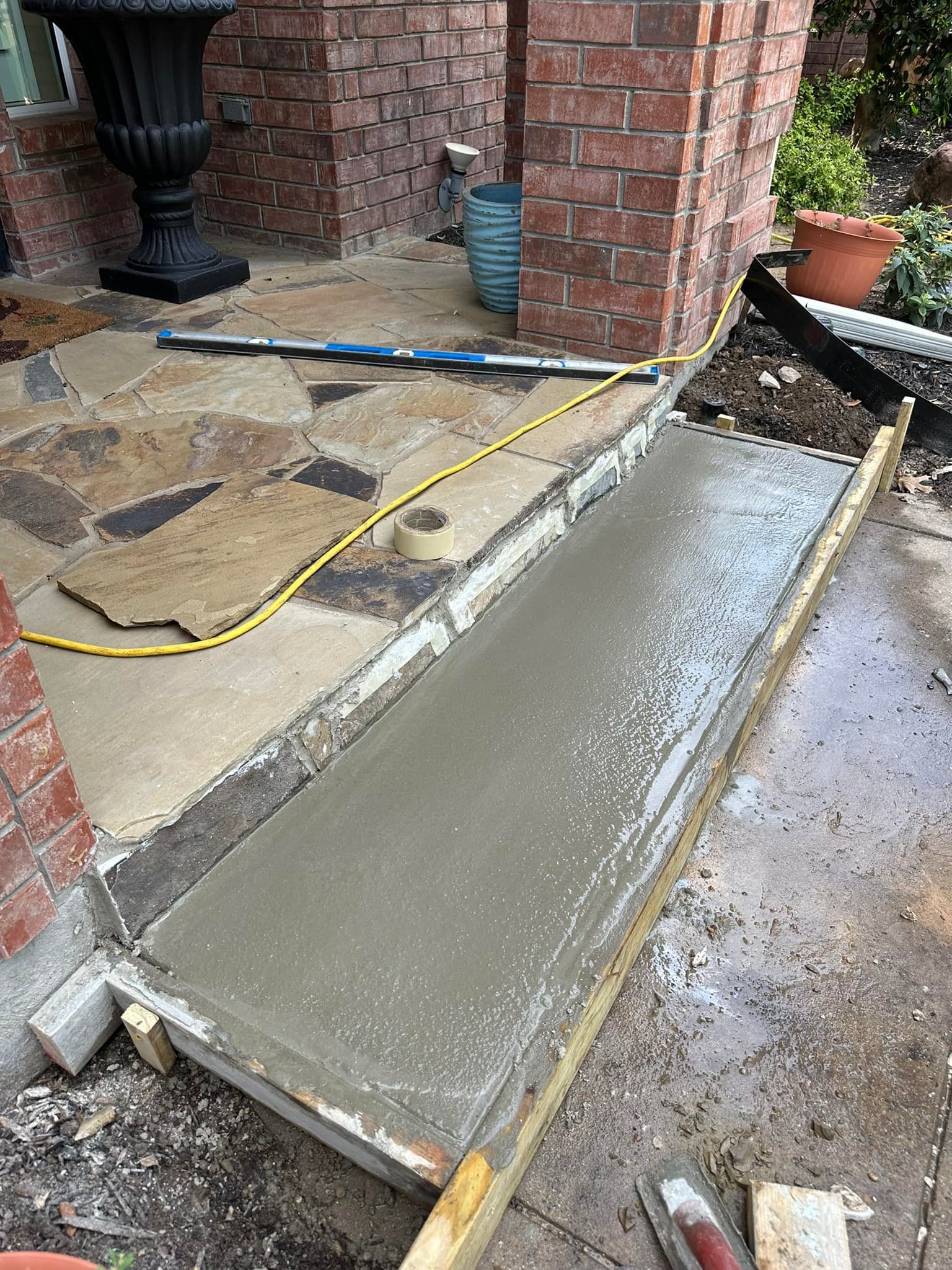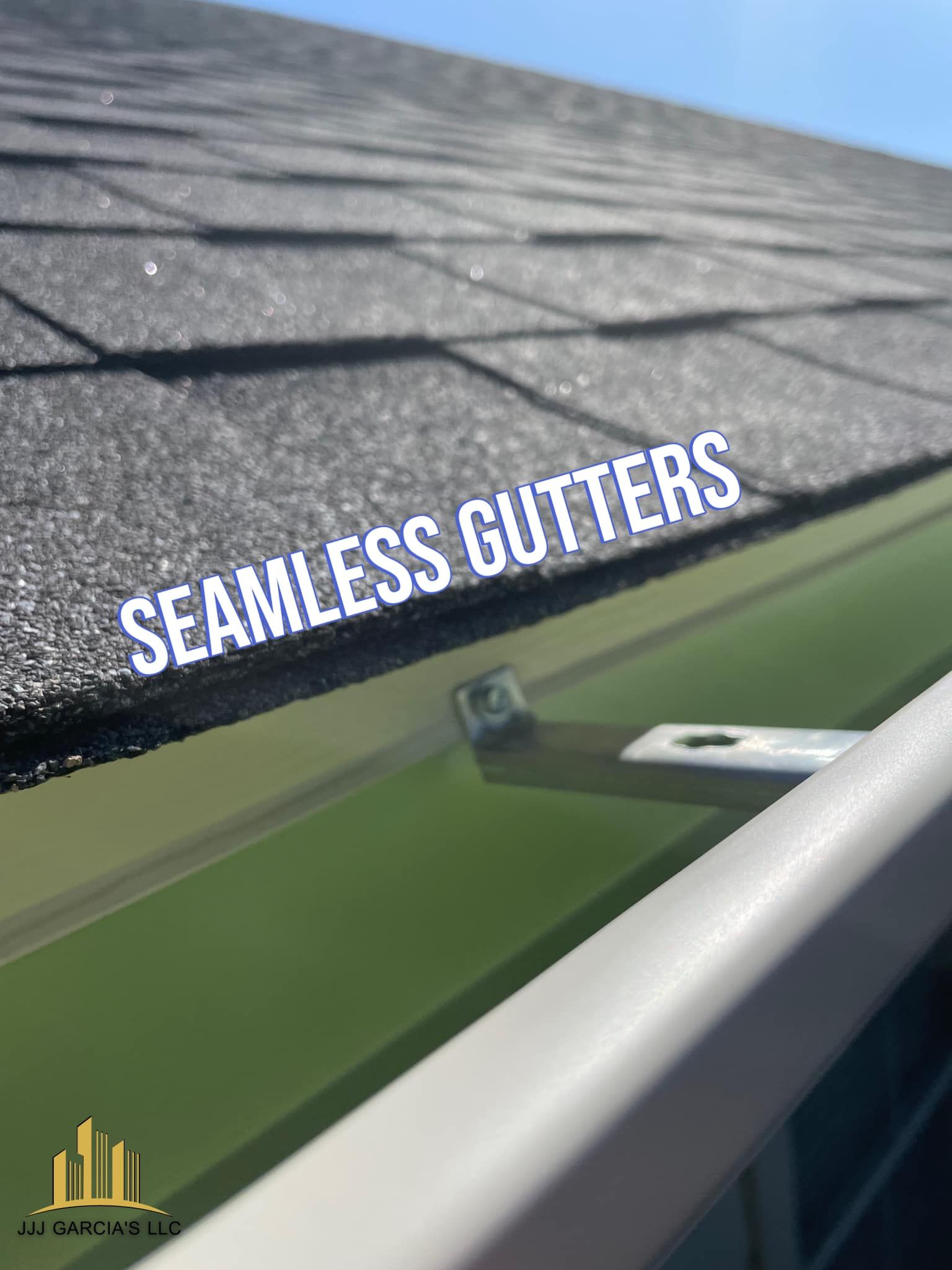Why Proper Drainage Is Essential for Your Home’s Structure
Water is a silent threat when it’s not properly directed away from your home. Poor drainage may seem like a minor issue after a heavy rain, but over time, it can lead to serious structural damage. From a cracked foundation to moldy crawl spaces, water that doesn’t drain correctly can compromise both the value and safety of your home.
Understanding the importance of proper drainage can help you catch early warning signs and avoid expensive repairs. Here’s why drainage matters more than most homeowners realize.
Foundation Damage Starts With Moisture
Your home’s foundation is only as stable as the soil it rests on. When water collects around the base of your home, it can cause the soil to expand, shift, or erode. Over time, these changes can result in cracks, settling, or uneven pressure against foundation walls. In severe cases, this can lead to bowing, leaks, or structural failure.
Even slab foundations aren't immune. Improper drainage can cause water to pool around the slab, leading to movement and stress fractures. What may begin as hairline cracks can quickly develop into serious foundation concerns.
Basement and Crawl Space Issues
Poor drainage often leads to damp, musty basements or crawl spaces. Moisture can seep through foundation walls or floors, creating an ideal environment for mold, mildew, and wood rot. Excess humidity in these areas can also attract pests and degrade insulation, making your home less energy-efficient and more vulnerable to infestations.
If your crawl space has standing water after it rains, or your basement smells musty even in dry weather, drainage may be the root cause.
Soil Erosion Around the Perimeter
When rainwater flows too close to your home, it gradually washes away the soil at the base. This not only affects landscaping but can also create gaps beneath walkways, patios, or even driveways. Over time, erosion can expose parts of the foundation or leave voids under structural slabs, which may cause cracking or collapse.
Landscaped yards with improper grading are especially prone to this. The solution often involves correcting slope angles, extending downspouts, or installing drainage systems to move water safely away.
Standing Water Leads to Other Headaches
Pooled water around the home can be more than a structural issue—it’s also a hazard to your yard, health, and comfort. It creates breeding grounds for mosquitoes, causes grass to yellow or die, and makes outdoor areas unusable. Over time, it can also seep into garages or utility spaces, causing rust, mold, and further water intrusion.
Gutters and Downspouts Aren’t Enough
Gutters help manage roof runoff, but without proper drainage systems below, the water they collect may still end up too close to your foundation. Downspouts should extend several feet away from your home, and often need to be paired with French drains, surface drains, or sump pumps to be fully effective.
A full drainage plan accounts for how water moves across your entire property—not just off your roof. This is especially important during storm season or in areas with clay-heavy soil that holds moisture for longer periods.
If you've noticed water pooling, foundation cracks, or damp spots along your baseboards, it may be time for a professional inspection.
Garcia's Foundation and Drainage, based in Dallas, TX, brings over 35
years of combined experience in protecting homes from water-related damage. Our team specializes in tailored
drainage solutions that help safeguard your foundation and preserve your home's structure. Call us today to schedule your evaluation and keep your home dry, stable, and protected year-round.



